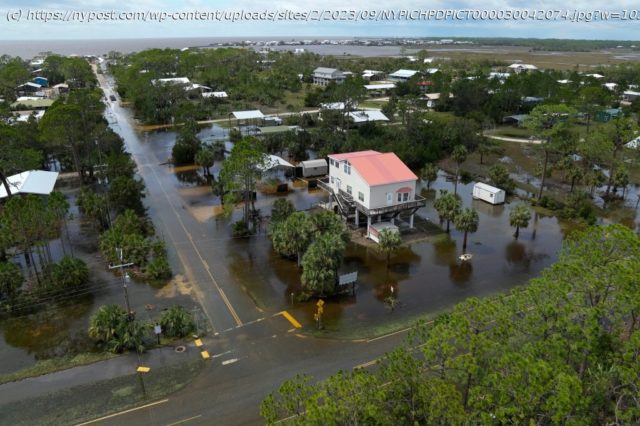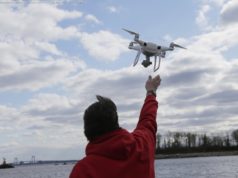In the final hours before Hurricane Idalia struck Florida, the storm had grown into a Category 4 beast lurking off the state’s west coast, and the forecast called for it to continue intensifying up until landfall.
In the final hours before Hurricane Idalia struck Florida, the storm had grown into a Category 4 beast lurking off the state’s west coast, and the forecast called for it to continue intensifying up until landfall.
An Air Force Reserve Hurricane Hunter aircraft had recorded winds up to 130 mph, the National Hurricane Center said in an ominous bulletin at 6 a.m. Wednesday.
As the sun rose an hour later, however, there was evidence the hurricane began replacing the wall around its eye — a phenomenon that experts say kept it from further intensifying.
Maximum winds had dropped to near 125 mph, the Hurricane Center said in a 7 a.m. update.
Then came another surprising twist: A last-minute turn sparing the state’s capital city of Tallahassee from far more serious damage.
“Eyewall replacement cycles are common in major hurricanes, and so when you see that, it does lead to some temporary weakening,” said Kelly Godsey, one of the meteorologists tracking the storm at the National Weather Service in Tallahassee, where his colleagues slept inside the weather office so they could be at work in case the city was devastated.
The eyewall essentially begins collapsing, and that “was beneficial from a timing perspective,” said Donald Jones, a National Weather Service meteorologist in Lake Charles, Louisiana. Several hours after the process begins, a new eyewall forms and the hurricane can then quickly intensify — which didn’t happen to Idalia as there wasn’t enough time before landfall, Jones said.
“Like a figure skater pulling in her arms versus holding her arms out, the hurricane spins with a lot more energy, power, and ferocity when it has a tighter eye,” said Ryan Maue, a meteorologist and former chief scientist with the National Oceanic and Atmospheric Administration.
Home
United States
USA — Science Hurricane Idalia would’ve been ‘much more devastating’ if not for this last-minute...






